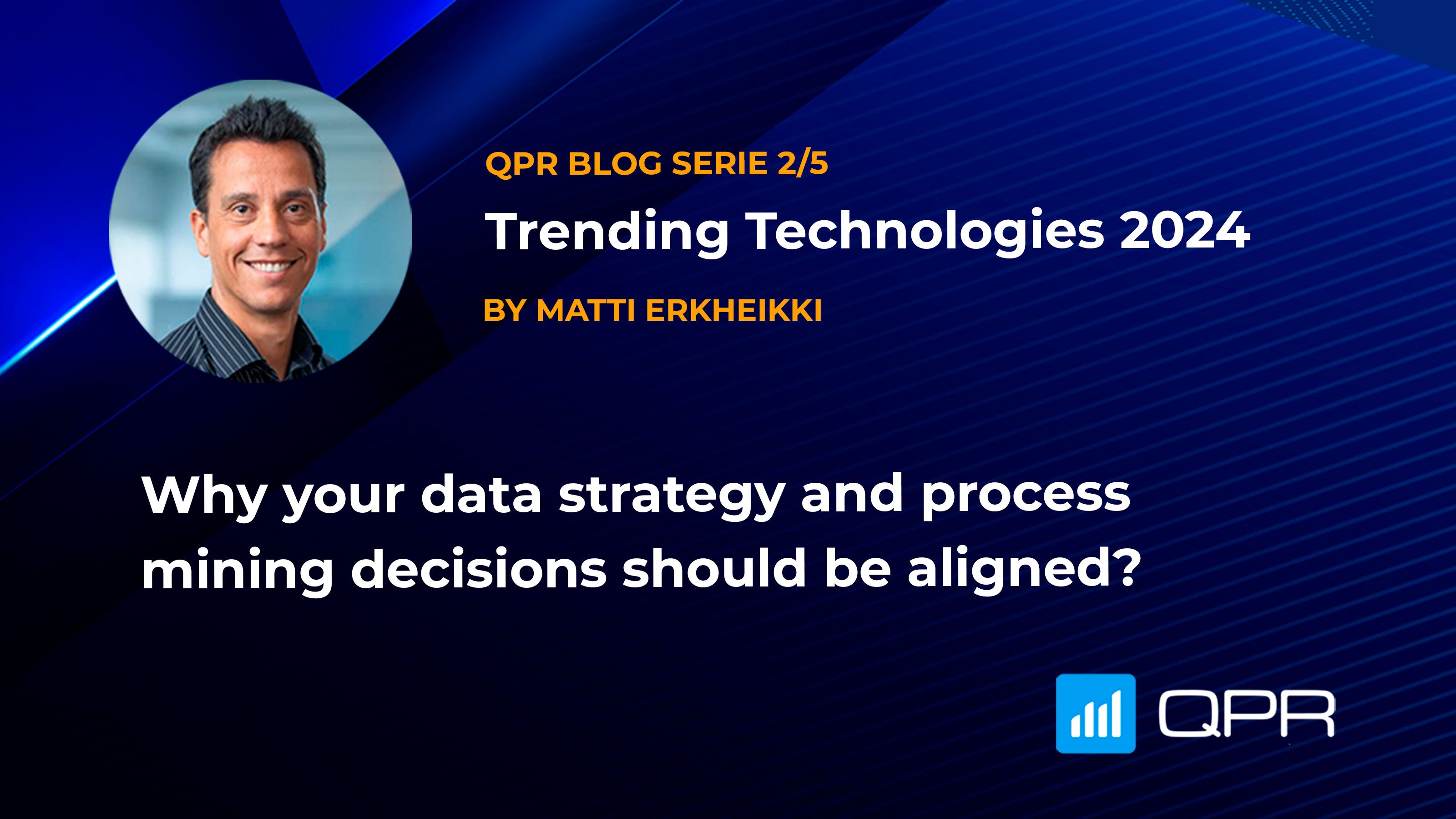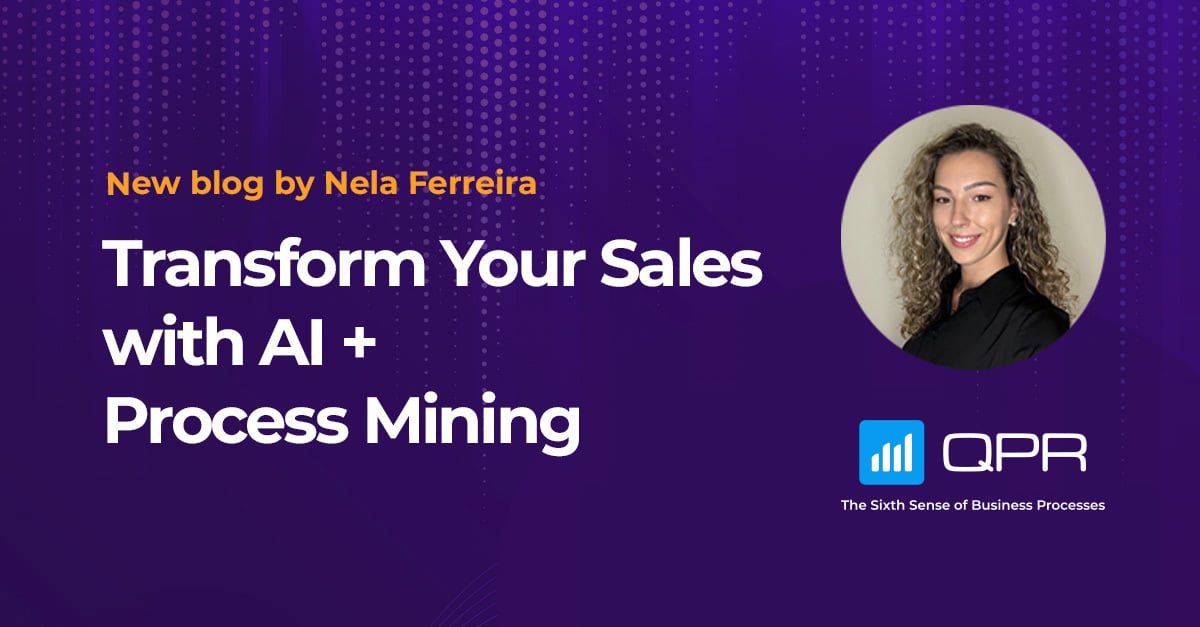Why process mining must live inside your data cloud
In the shifting landscape of enterprise technology, a quiet revolution is underway — one that reshapes how businesses understand and optimize their operations. The revolution is process mining. But not as it’s been practiced in the past.For years, organizations accepted a paradox: to understand how their processes run, they had to move, duplicate, and transform data — often into proprietary formats, pipelines, and cloud stacks. This meant building massive data integrations, maintaining fragile ETL chains, and locking themselves into vendors that controlled not only the tooling, but the data model itself.
This old approach is no longer viable.
The future of process intelligence belongs to platforms that work where the data lives — not those that extract and replicate it elsewhere.
The Cost of Moving Data to Understand It
At its core, process mining reveals how work actually happens. It traces digital footprints through systems like SAP, Salesforce, or Oracle to reconstruct business processes end-to-end. Done right, it surfaces inefficiencies, variants, bottlenecks, and automation opportunities.
But here's the catch: most legacy process mining tools require you to move data from your operational systems into their proprietary cloud. That means:
- Complex ETL pipelines for every process and every system
- High infrastructure and maintenance costs just to make the data usable
- Data governance headaches as sensitive information crosses boundaries
- Weeks or months of lead time before you get the first meaningful insight
- Vendor lock-in that restricts how and where you use your data
In some implementations, over 80% of the total effort and cost went not into the analysis — but into the plumbing: mapping fields, writing SQL scripts, staging data, and reshaping event logs to fit a rigid model.
This is the opposite of agile intelligence. It’s static, brittle, and expensive.
Native to the Modern Data Stack
Now contrast this with a modern approach: process mining that runs natively inside your existing enterprise data cloud.
If your business runs on Snowflake, for example, your process mining platform should query that data directly — with no duplication, no movement, no reshaping. This isn’t just a technical preference; it’s a strategic imperative.
When process intelligence runs inside your data cloud:
- Time to insight is reduced from weeks to days
- No separate infrastructure is needed — you use what you already trust
- Governance is streamlined — data never leaves your security perimeter
- You stay in control of your data and your architecture
- You build on industry-standard SQL and BI tools, not black-box visualizations
This is what process mining should look like in 2025.
The Hidden Price of Vendor Lock-In
Most enterprises don’t realize they’re walking into vendor lock-in until it’s too late. What begins as a promising proof of concept ends with enterprise-wide data pipelines feeding a single vendor’s cloud — making future migration nearly impossible without starting from scratch.
Here’s what to look out for:
- Proprietary data formats that can’t be exported cleanly
- Custom transformation layers only understood by that platform
- Opaque pricing models based on events, connectors, or seats
- Lack of support for open standards or external BI tools
- Simulation and AI features that require additional modules or licenses
It’s not just about the cost — it’s about the loss of flexibility. Once your data is modeled, transformed, and hosted in someone else’s architecture, the cost of change becomes prohibitive. Process intelligence becomes a silo, rather than a strategic layer across the enterprise.
Simulation, AI, and the Road Ahead
The most forward-thinking process mining platforms don’t just show you what’s wrong — they simulate what would happen if you fixed it. They let you model outcomes, forecast ROI, and guide automation. But simulation is only as good as the data it uses.
That’s why native access to real-time enterprise data matters. You can’t simulate a future process using stale, extracted snapshots. You need live, governed data. And you need it now.
The same goes for AI. Generative and predictive models must be trained on clean, complete, and current process data. That only happens if process mining tools work within your existing data cloud — not outside it.
The Strategic Choice Ahead
CIOs and data leaders have a choice: keep building parallel data ecosystems to serve a narrow slice of process analytics — or embed process intelligence natively into the enterprise data architecture.
The latter approach:
- Aligns with cloud-first, Snowflake-centric strategies
- Delivers faster time-to-value with lower risk
- Avoids costly and rigid data duplication
- Supports open, interoperable analytics and AI models
- Preserves long-term control over your data and spend
Process mining is no longer a standalone tool. It’s an enterprise capability. And like all strategic capabilities, it must live where the enterprise lives — inside your data cloud, not outside it.
Final Thought
Business leaders no longer accept data silos, black-box models, or technology that serves the vendor more than the customer. Process mining is too important to be locked away in proprietary clouds.
If you want speed, flexibility, and insight you can trust — keep your data where it belongs.
Where it lives.
CONTACT US to explore how native process mining can transform your business
Watch the on-demand Webinar: Driving Agentic AI with Process Mining
You may also like
These related stories

Why your data strategy and process mining decisions should be aligned?

How Process Mining and AI Together Drive Real Business Impact

